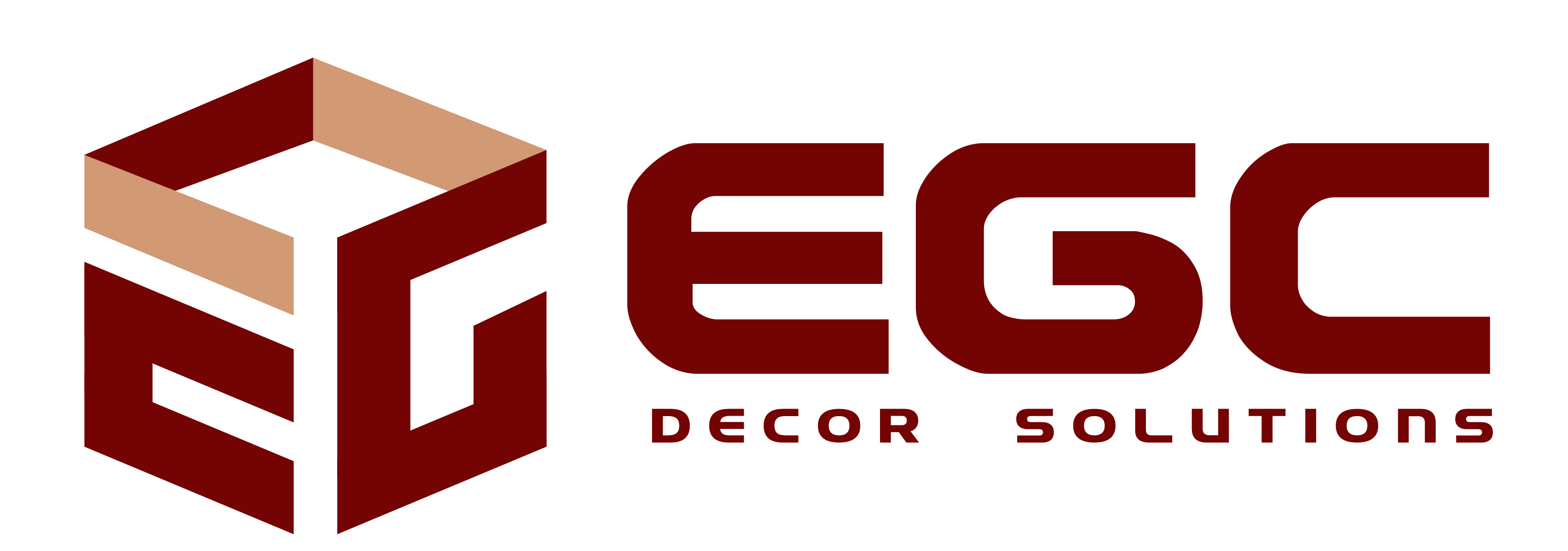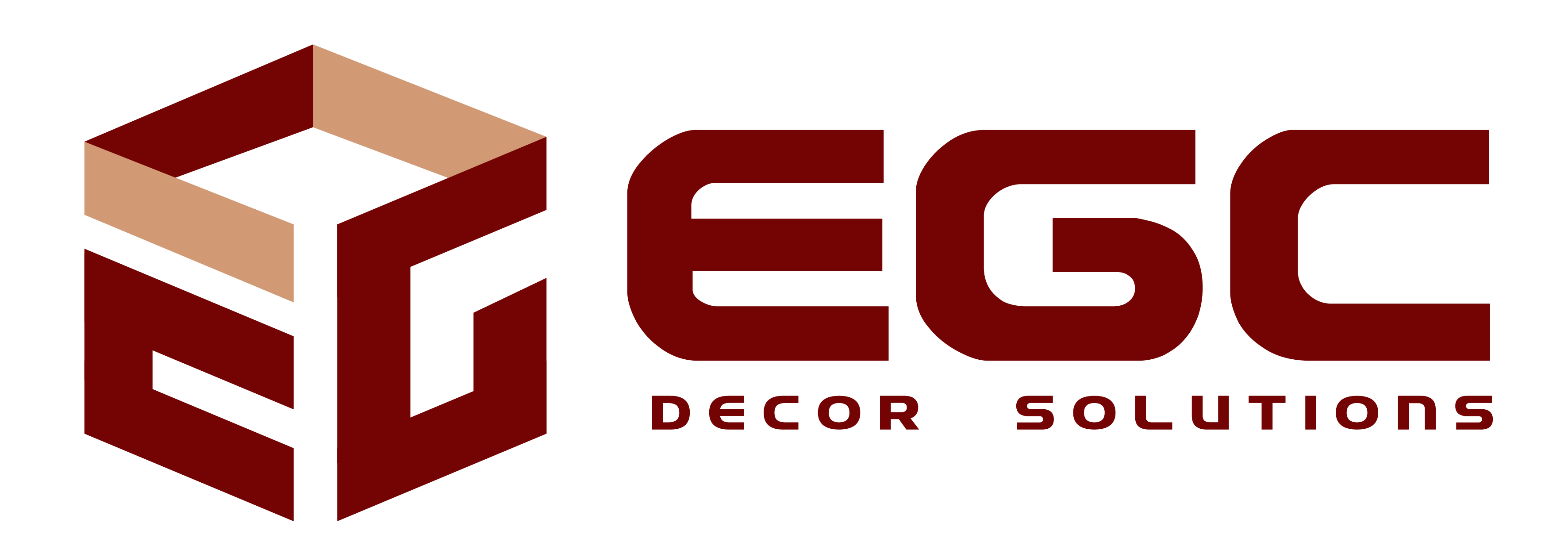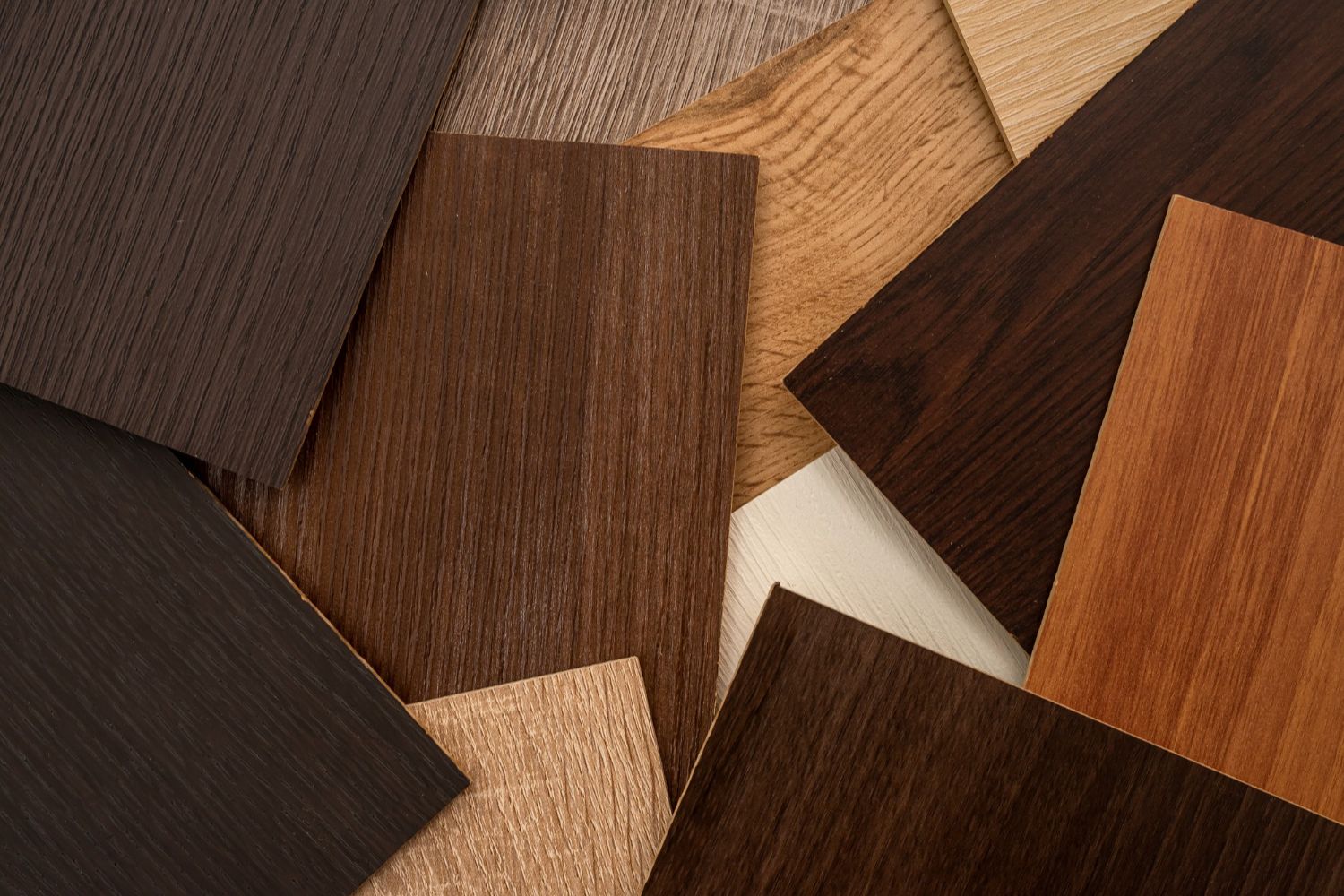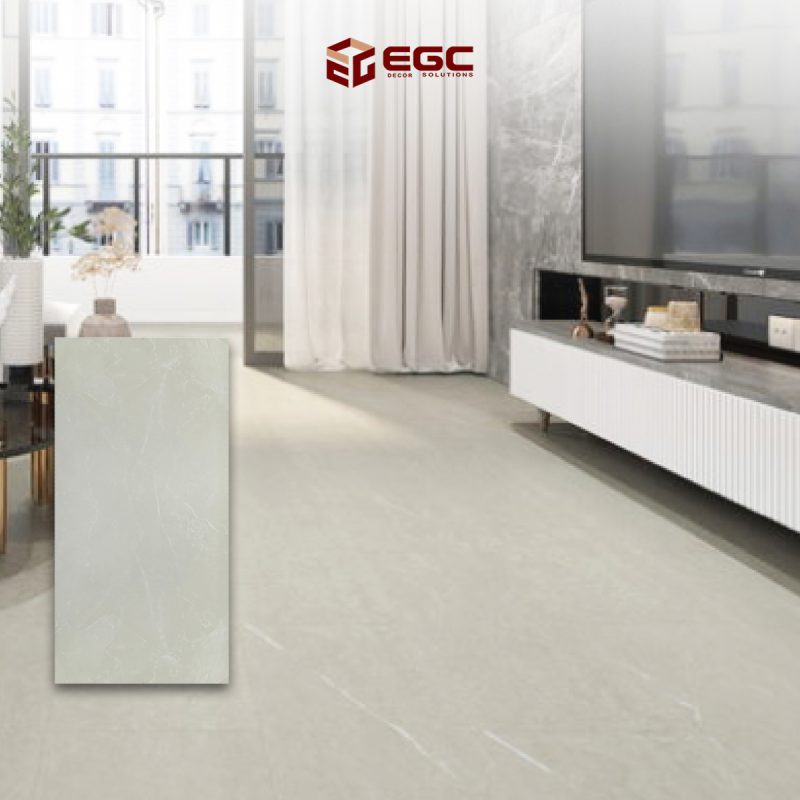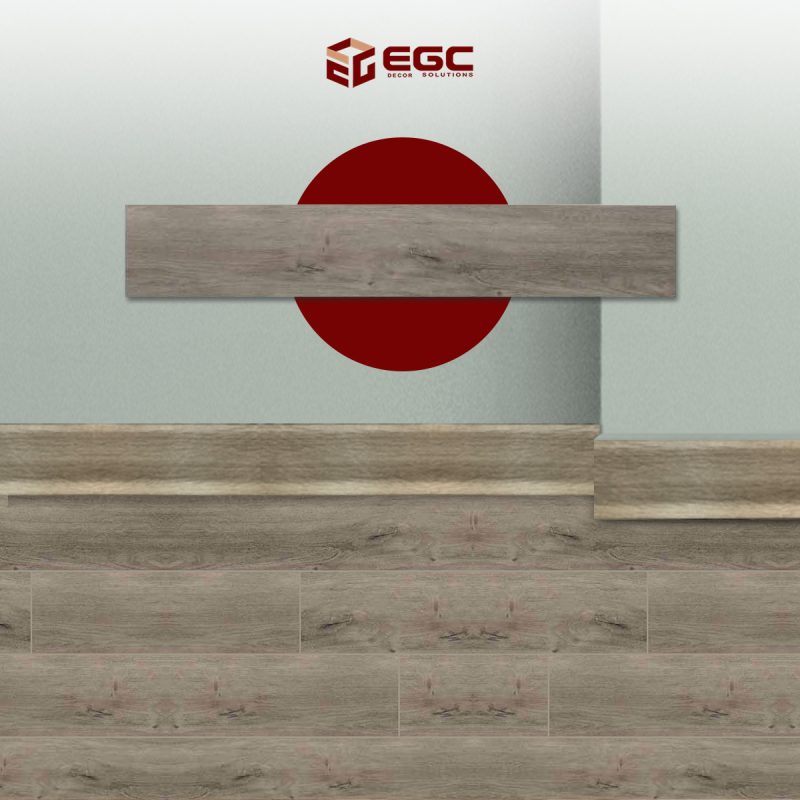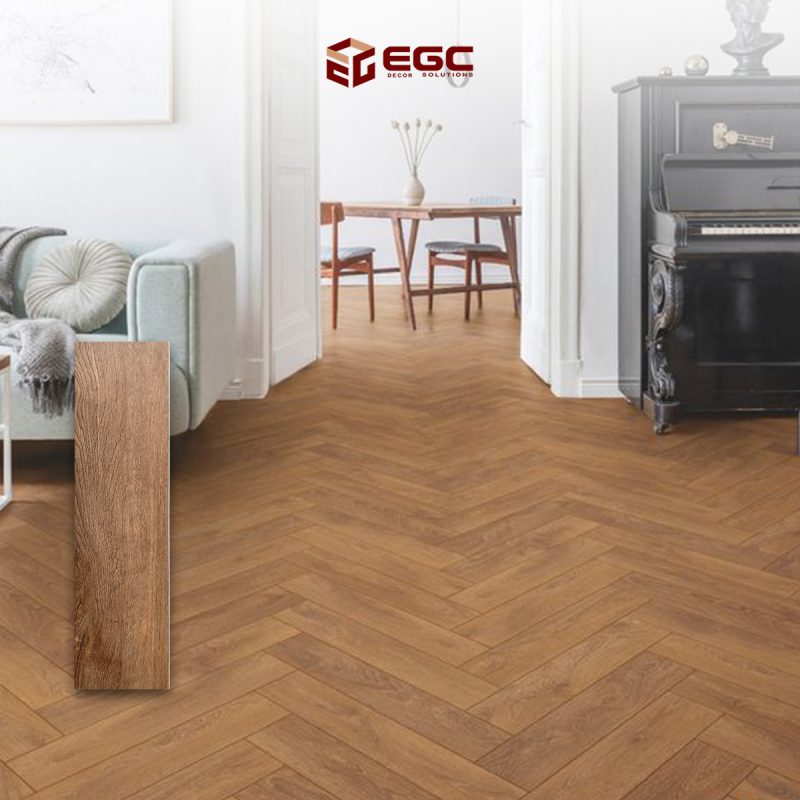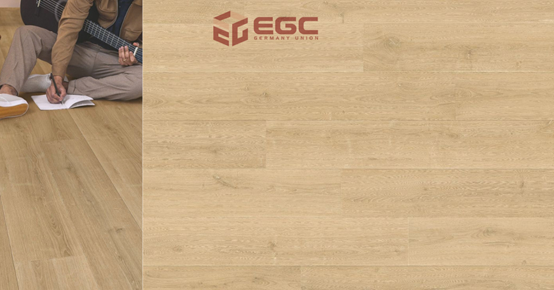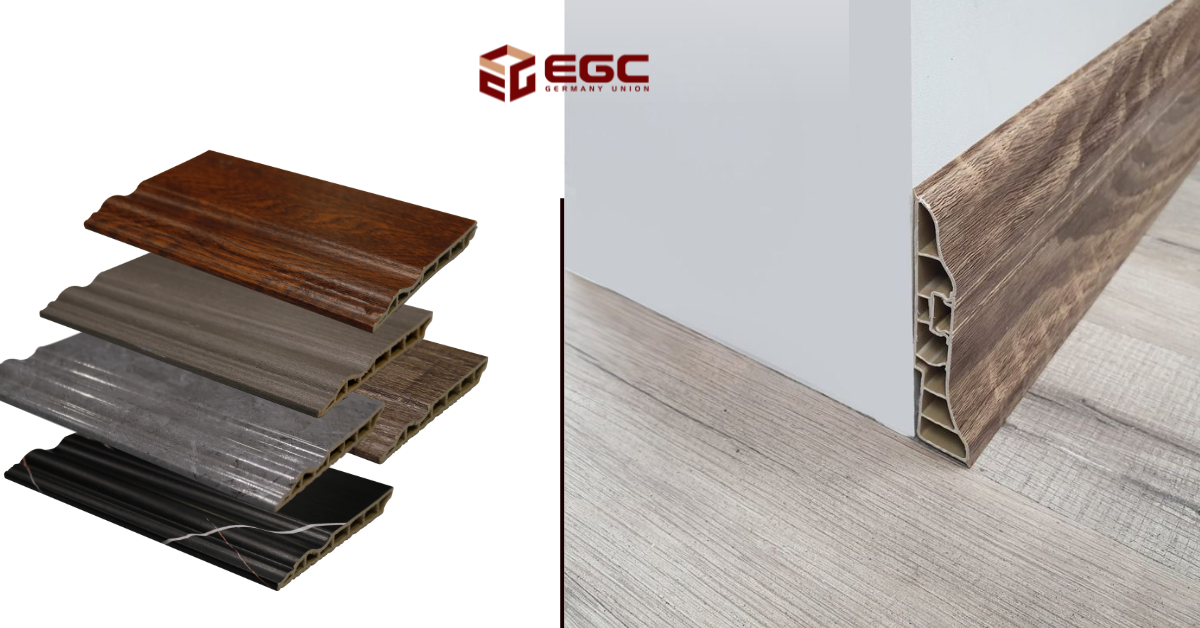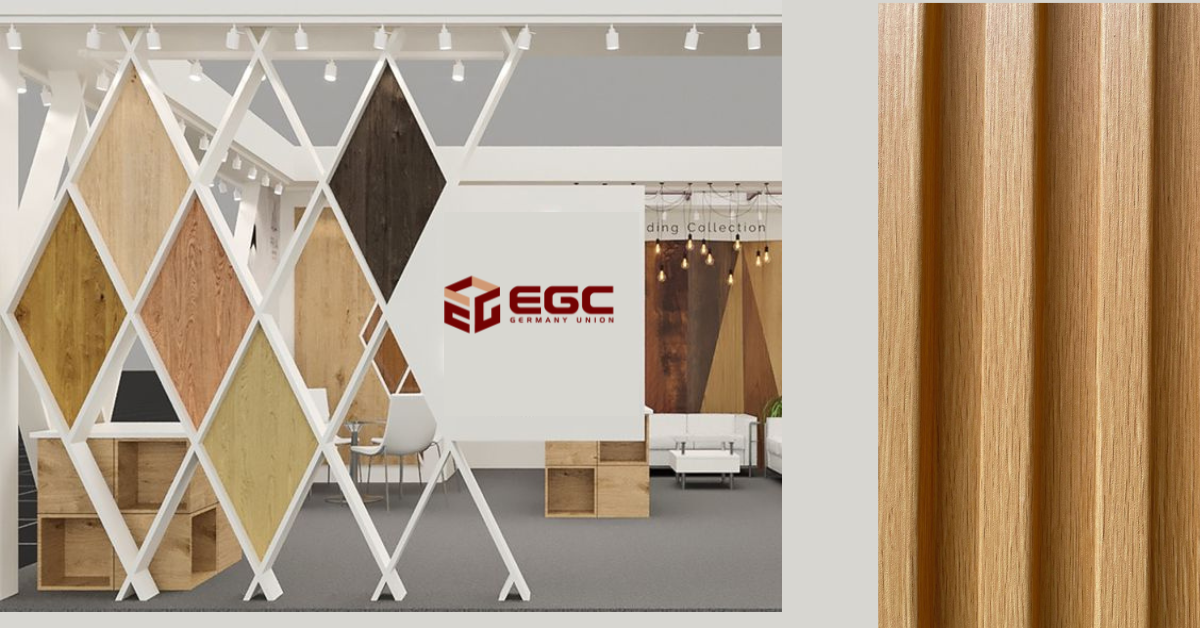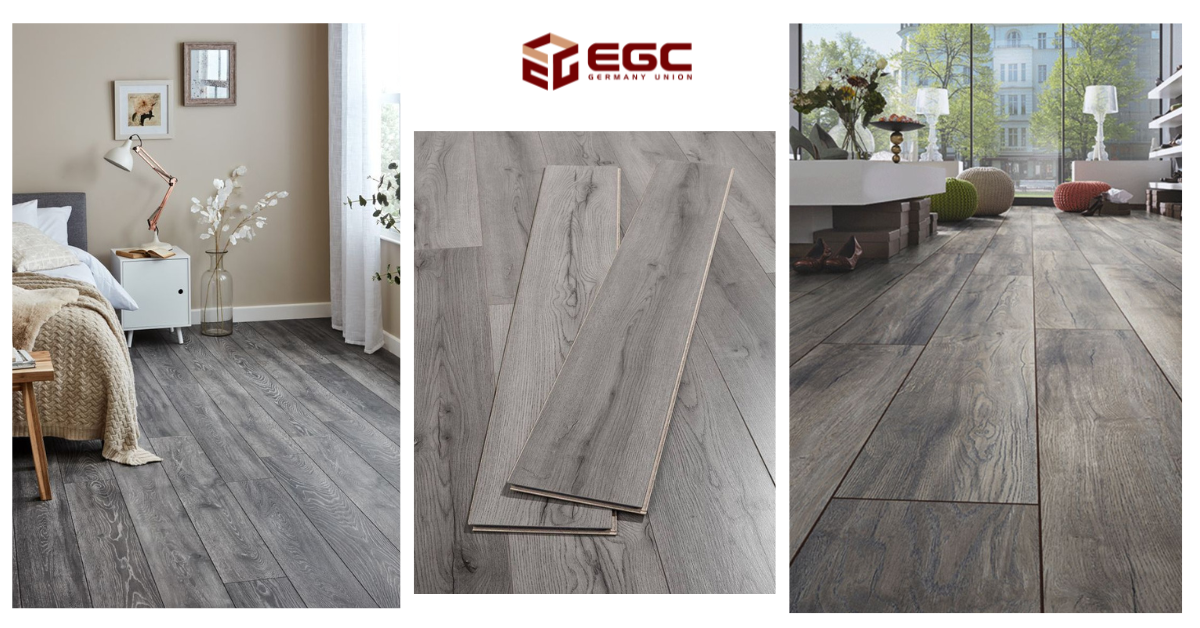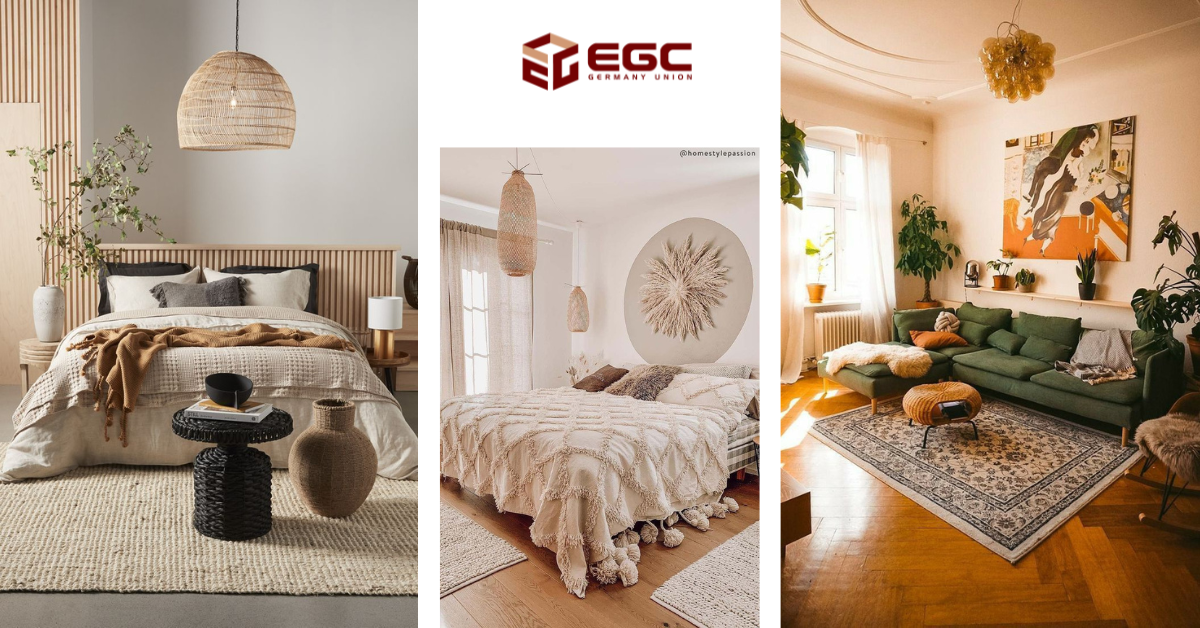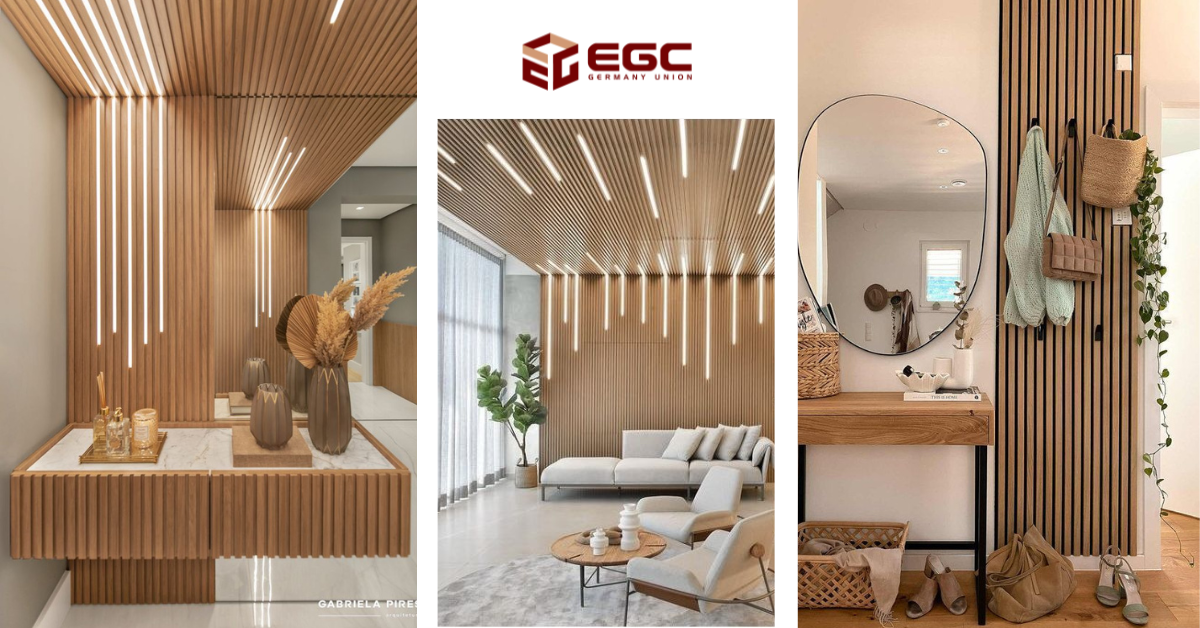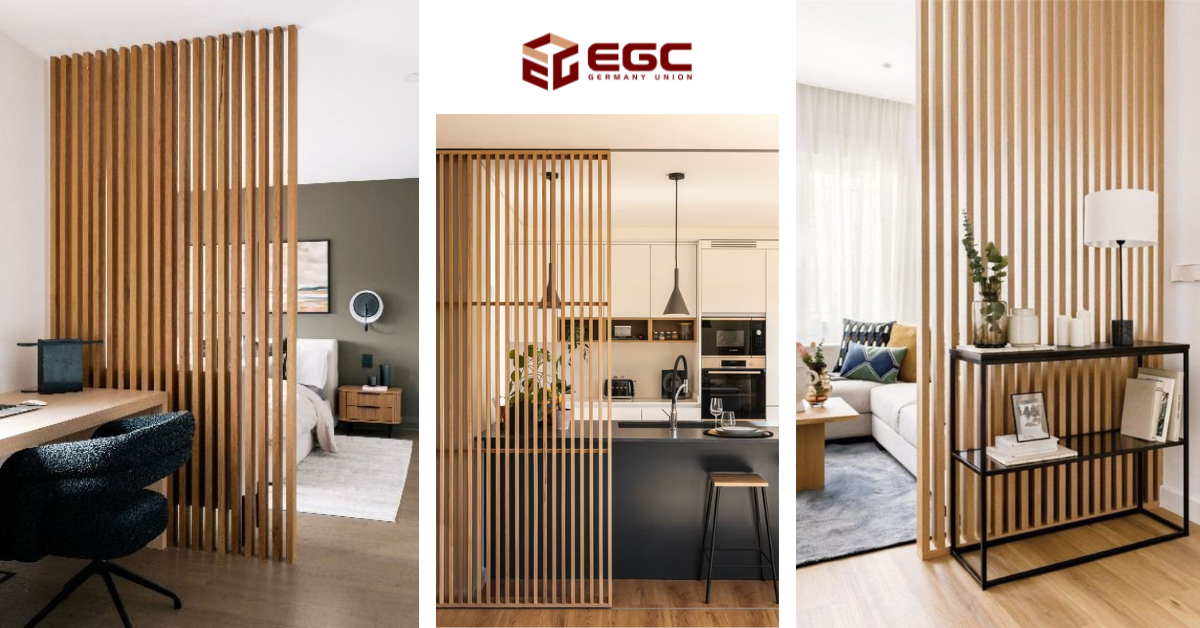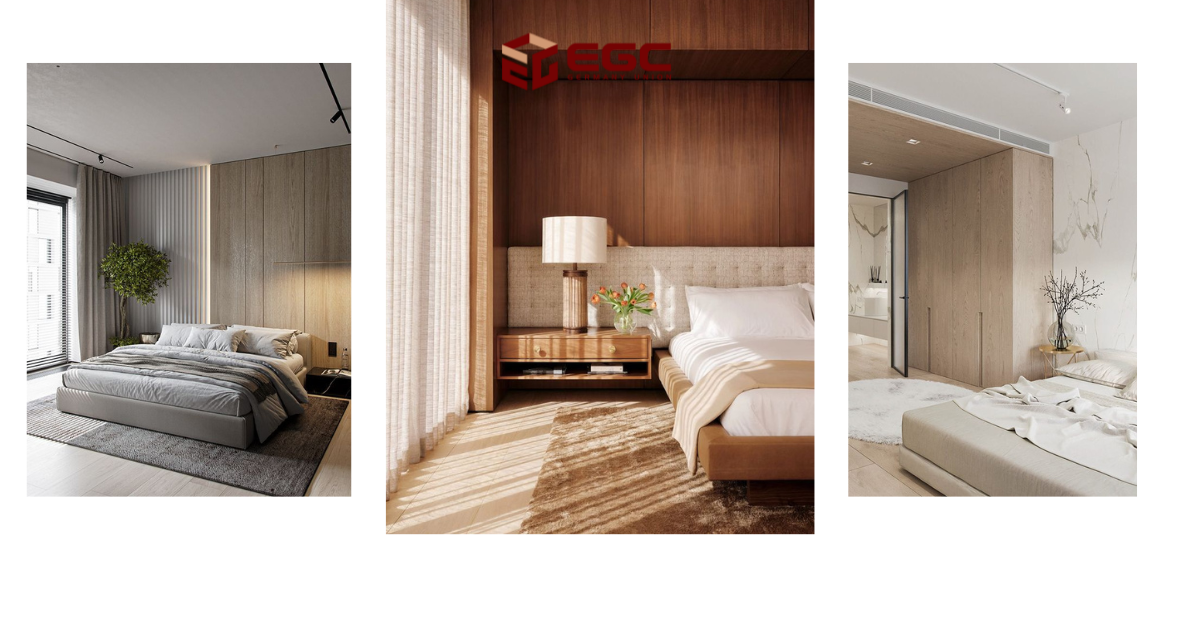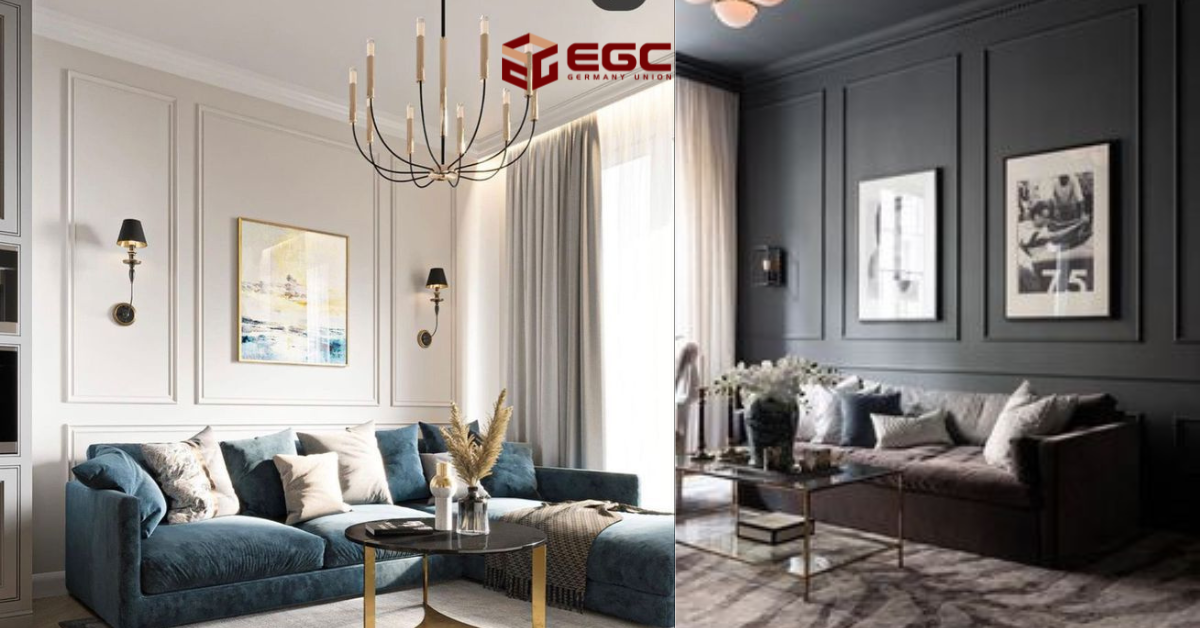Key Features of Wooden Wall Cladding
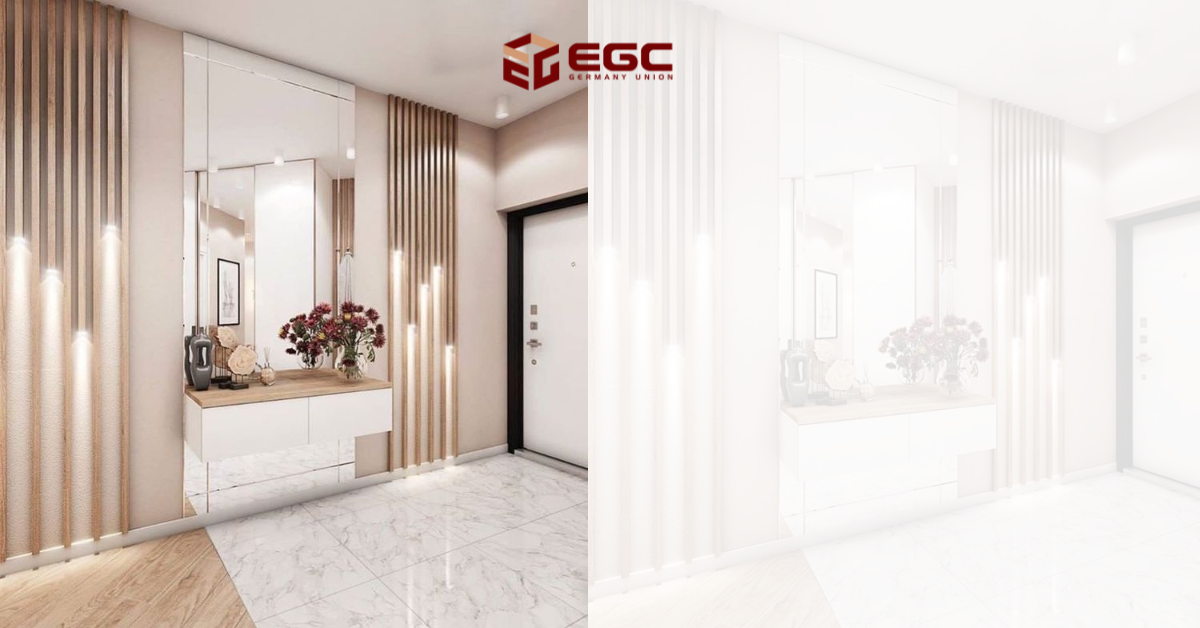
Wall Cladding: An Aesthetic and Practical Interior Solution
Wall cladding refers to covering the surface of a wall with various materials to enhance its aesthetic appearance and provide an additional protective layer. It comes with several key benefits, including:
Benefits of Wall Cladding:
- Enhanced Aesthetics:
Wall cladding is an effective way to improve the overall look of a room or space. It comes in various colors and patterns to suit any décor and personal taste. - Wall Protection:
Cladding acts as a protective layer that shields walls from scratches, stains, and damage. It’s also ideal for covering visual flaws or imperfections. - Thermal and Acoustic Insulation:
Certain types of cladding provide insulation against heat and sound, helping maintain indoor temperature and reducing noise. - Easy Installation and Maintenance:
Most wall cladding is easy to install and can be done with basic tools. It also requires minimal upkeep and is easy to clean. - Durability and Resistance:
Many cladding types are made from durable, corrosion-resistant materials that maintain quality over time. - Variety of Options:
Wall cladding is available in a wide range of materials and designs including wood, plastic, metal, fiberglass, fabric, wooden panels, tiles, and more—offering flexibility for any style or need.
Wall cladding is a practical and cost-effective way to renew and upgrade interior spaces, making it ideal for people who frequently relocate—whether in residential or commercial settings. It eliminates the need for costly renovations.
Types of Wall Cladding:
- Wood Cladding:
Made from solid or compressed wood, it offers a warm, natural look and luxurious feel. Options include solid wood, polished wood, and engineered wood. - Plastic Cladding:
Durable and moisture-resistant, it comes in a variety of colors and designs, including wood- and stone-look finishes. Easy to clean and maintain. - Fiberglass Cladding:
Made from stretched fiberglass layers between resins, this type is highly durable and ideal for high-humidity areas like kitchens and bathrooms. - Wood Panel Cladding:
Composed of thin wooden boards installed on walls, this type adds warmth and a natural feel. Designs can include grooves or ridges for extra texture. - Brick Cladding:
Mimics the look of real brick (red, white, stone, etc.) and adds a rustic and authentic touch to interiors. - Fabric Cladding:
Includes woven textiles, leather, and synthetic materials. Common in luxury homes and hotels, it provides a soft, elegant finish.
Popular Designs of Wooden Wall Cladding:
- Straight Panels:
Uniform boards installed in a straight layout for a clean, minimal look. - Grooved Panels:
Wooden panels with evenly spaced grooves that add a 3D effect and dynamic texture. - Square or Rectangular Tiles:
Structured in a geometric pattern to create a clean and organized design. - Vertical or Horizontal Layout:
Boards can be installed vertically or horizontally to affect spatial perception and design flow. - Curved Designs:
Custom curved or wavy panels provide a unique and refined aesthetic. - Mixed Panels:
Combine various shapes, colors, and styles in a composite design to create a bold visual statement.
You can always explore more creative and custom designs based on your personal vision and interior design preferences.
